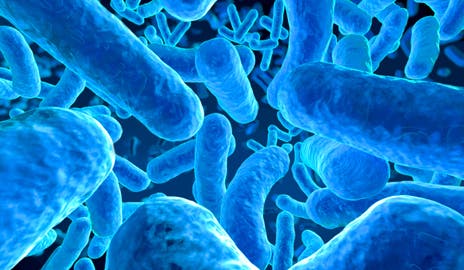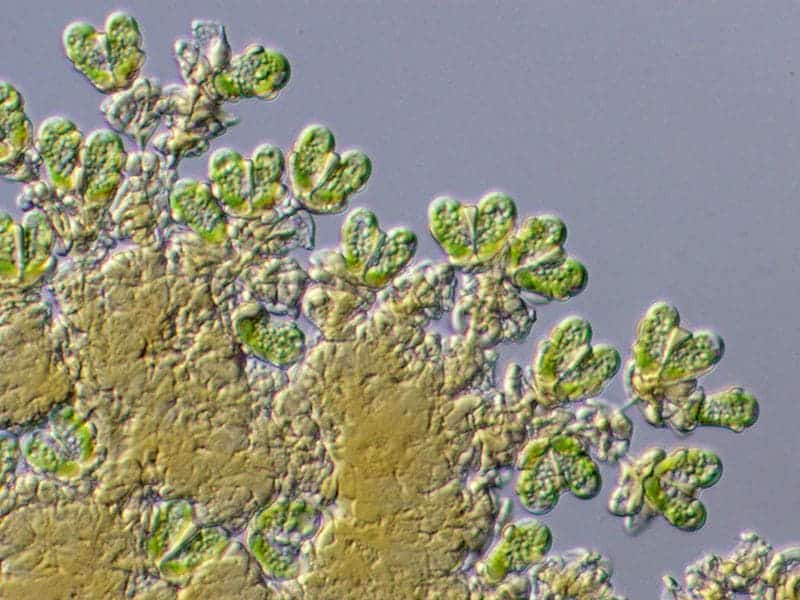Engineering microorganisms may be the key to solving major environmental problems, particularly the accumulation of greenhouse gases and fossil fuel overconsumption.
One type of microorganism that is particularly interesting is autotrophs because of their ability to “fix” carbon. This means that there is a chemical reaction converting carbon dioxide into an organic compound. To take advantage of the autotroph’s natural ability, two different approaches must be considered. One approach is enhancing the efficiency of the metabolic pathway inside the autotroph. This means that conditions, like pH, media, and temperature, are optimized so it becomes the most effective process as possible. The second approach is to isolate the genes that allow it to fix the carbon and transplant the genes into a new organism. This approach is more challenging, because both organisms and their parts must be studied in depth.
Researchers at Pennsylvania State University chose to use the second approach and engineered an organism that can convert carbon dioxide and simultaneously produce hydrocarbons to be processed into gasoline. This concept is very lucrative and eco-friendly if it could be applied on a large scale, because it would reduce the amount of carbon dioxide, a major greenhouse gas, and decrease our dependence on fossil fuels.
Their project isolated the gene known to produce hydrocarbons from Botryococcus braunii algae and inserted this gene into bacteria that has an autotrophic mode. Two types of bacteria, Rhodobacter capsulatus and Ralstonia eutrophia, were used in this project, and these specific species were chosen, because both have multiple metabolic pathways but different from each other physiologically and metabolically. The inserted algaeic gene ultimately generates long chains of carbons, and this is the starting material to make gasoline, kerosene, or diesel.
Currently, this project cannot be applied on a larger scale, because the energy, time, and money put into the project was greater than the value of the product yield. Further research must be conducted to optimize the microorganisms and their conditions. Overall, applying bioengineering to improve our environment is fascinating premise and shows a lot of potential for future generations.
Sources:
Khan, Nymul E., John A. Myers, Amalie L. Tuerk, and Wayne R. Curtis. “A Process Economic Assessment of Hydrocarbon Biofuels Production Using Chemoautotrophic Organisms.” Bioresource Technology: 201-11. Web. 3 June 2015.
Nybo, S. Eric, Nymul Khan, Benjamin M. Woolston, and Wayne R. Curtis. “Metabolic Engineering in Chemolithoautotrophic Hosts for the Production of Fuels and Chemicals.” Metabolic Engineering. Web. 3 June 2015.











